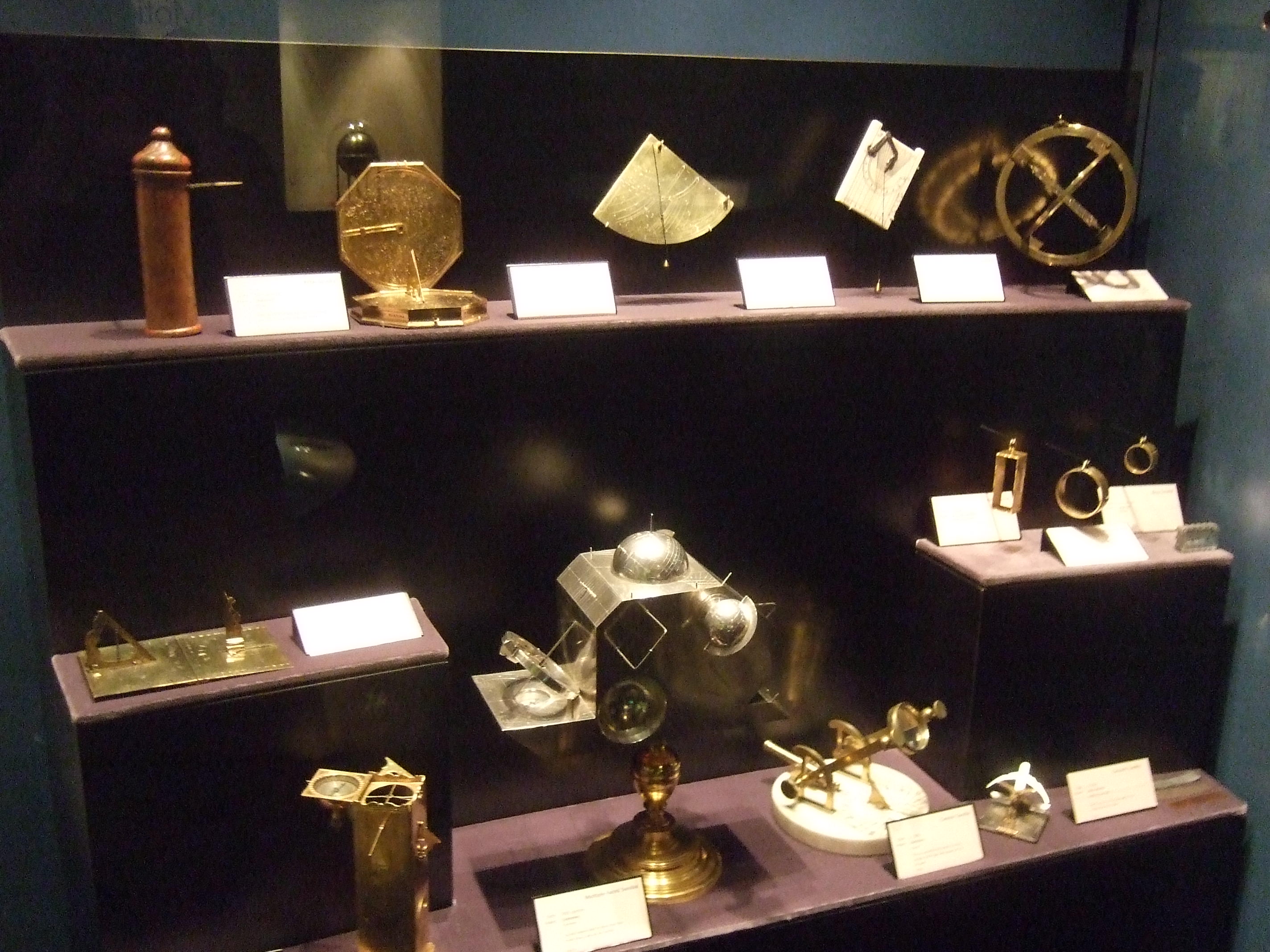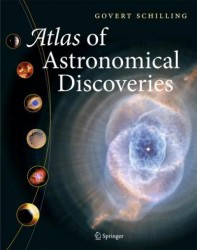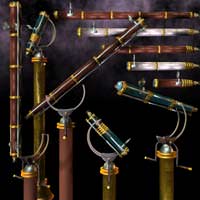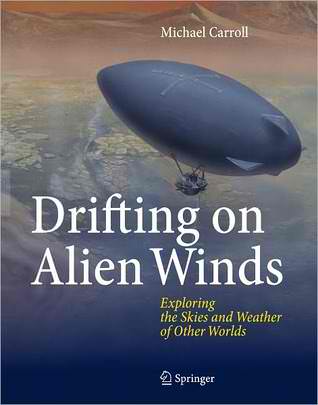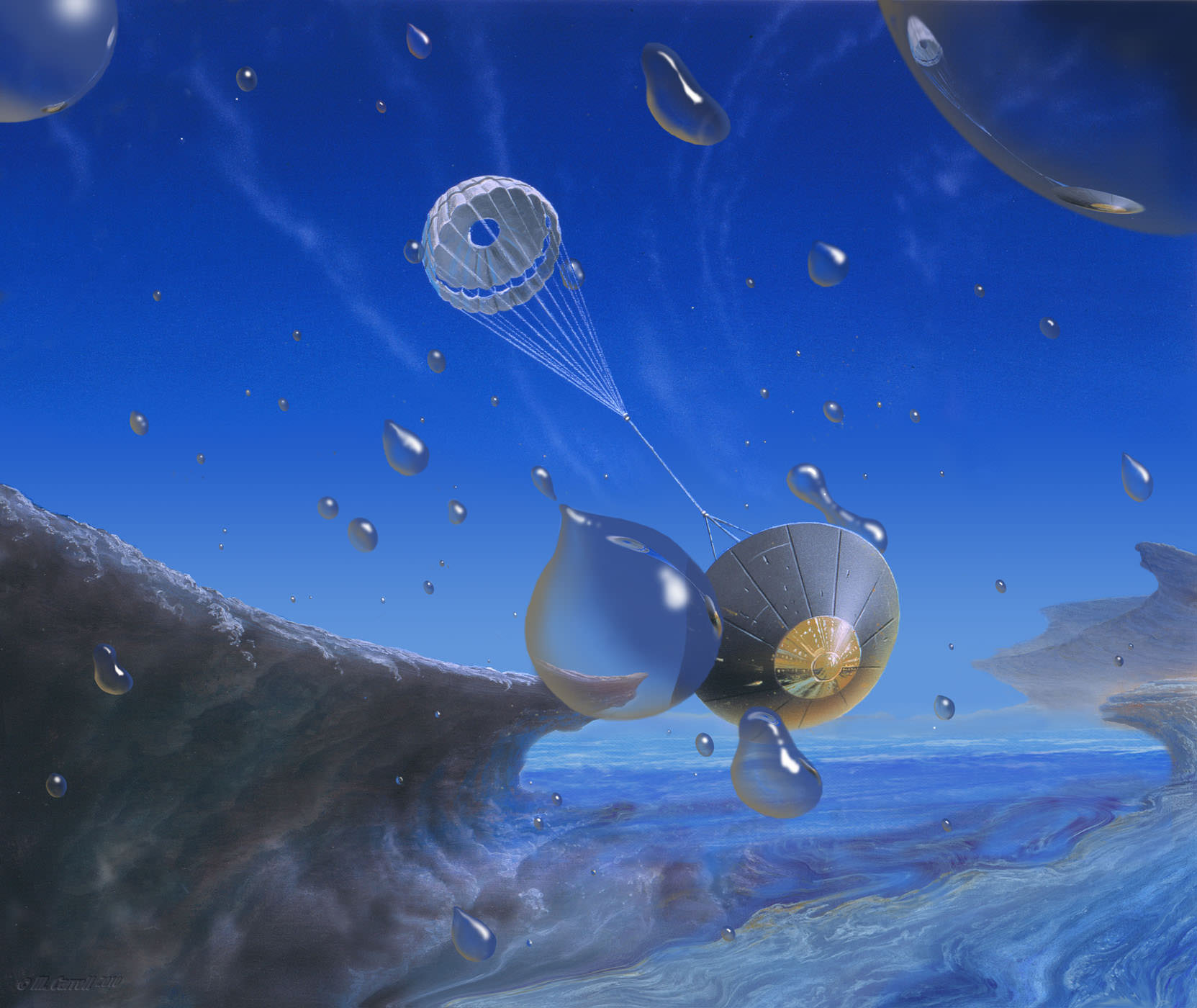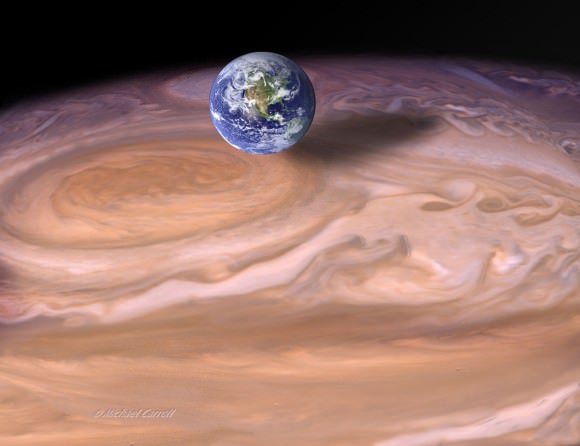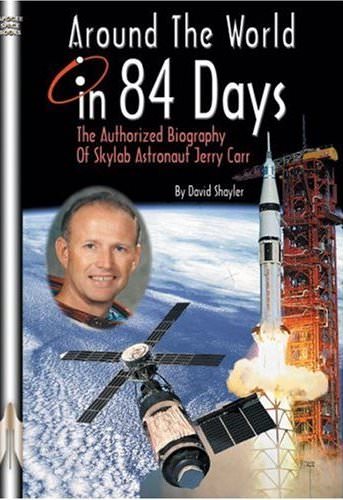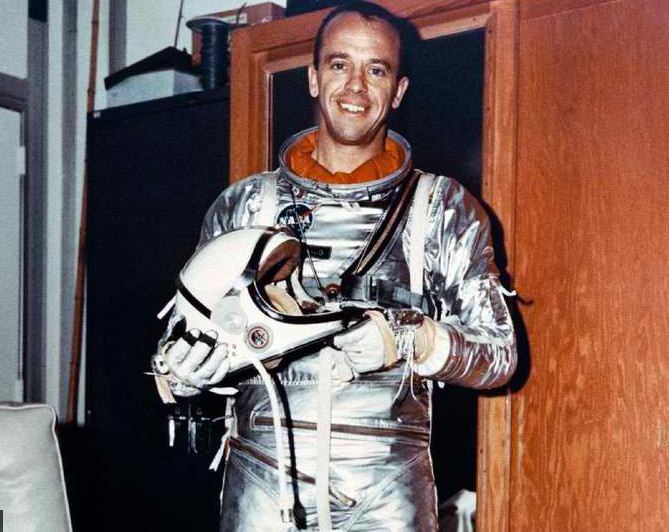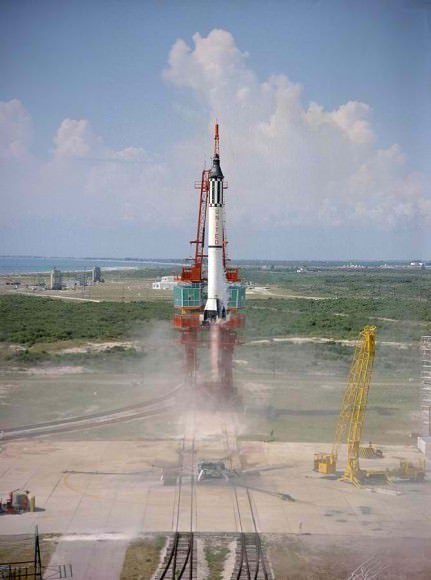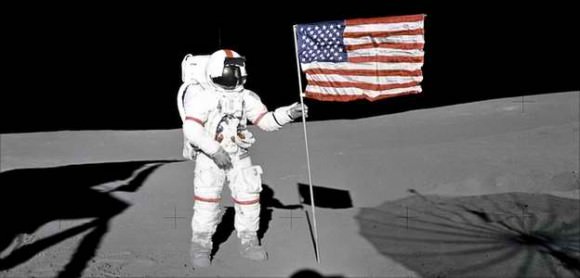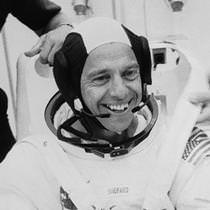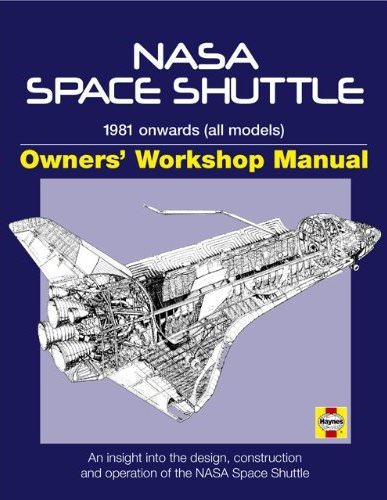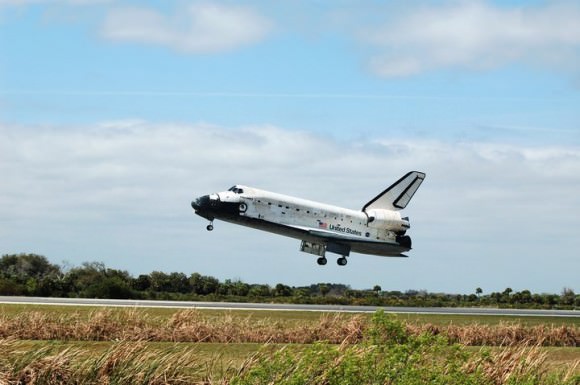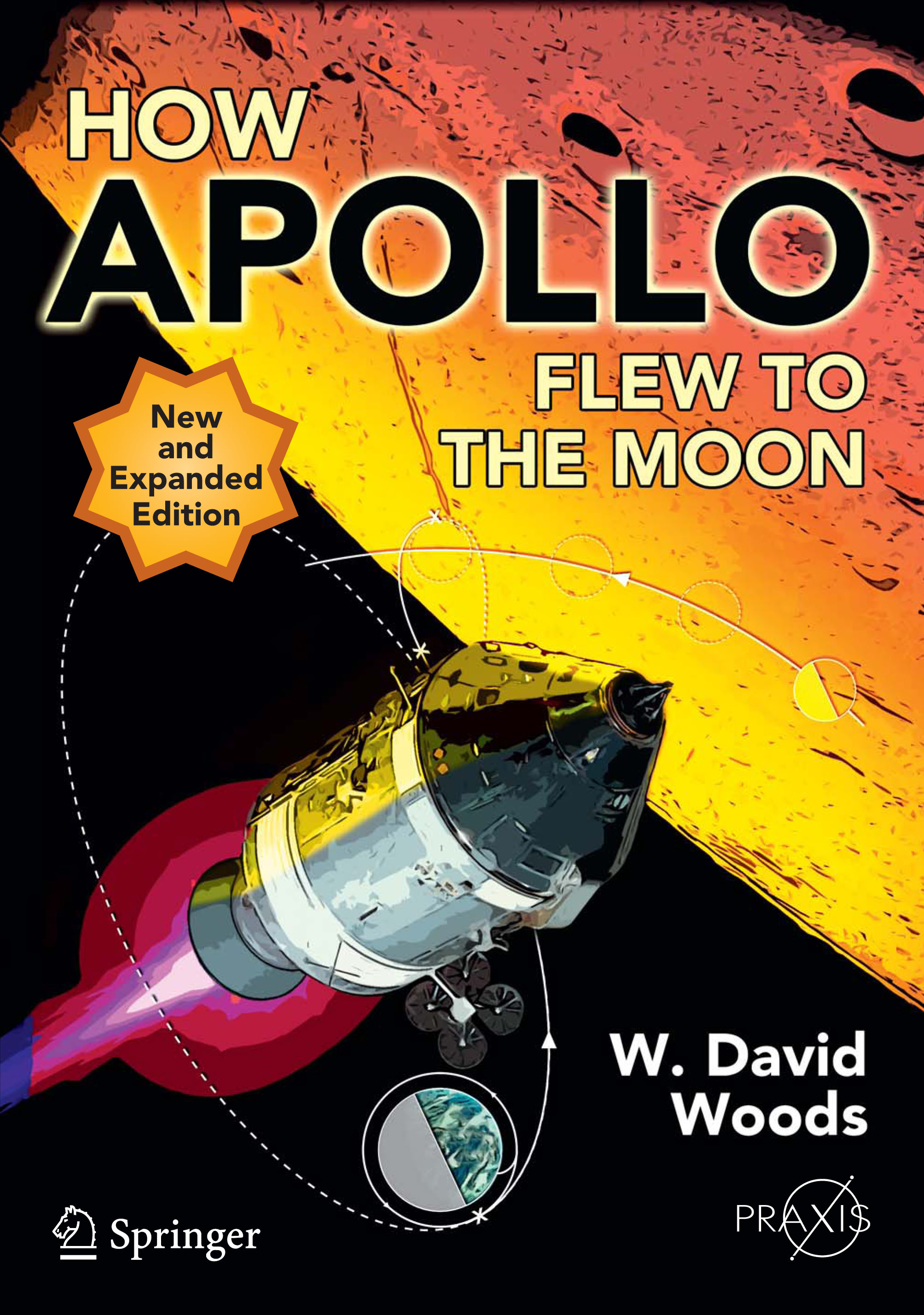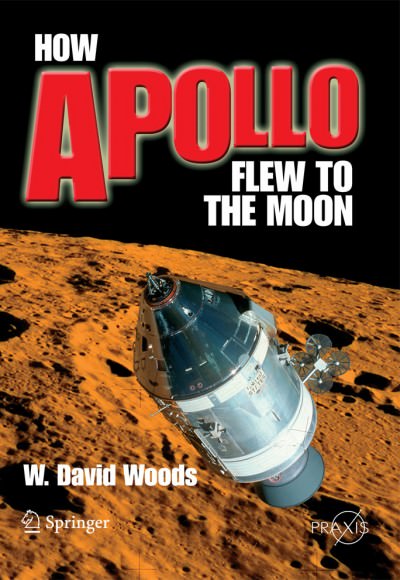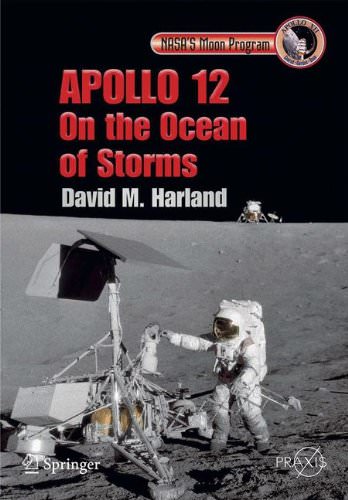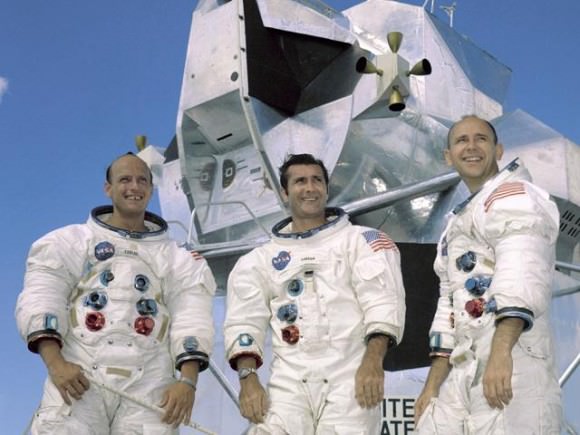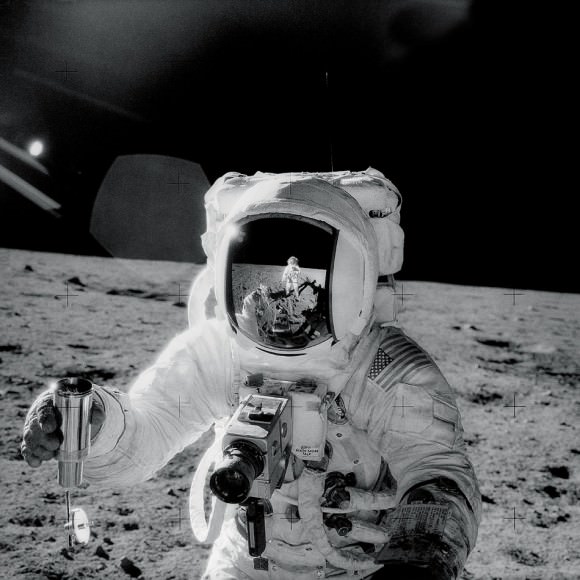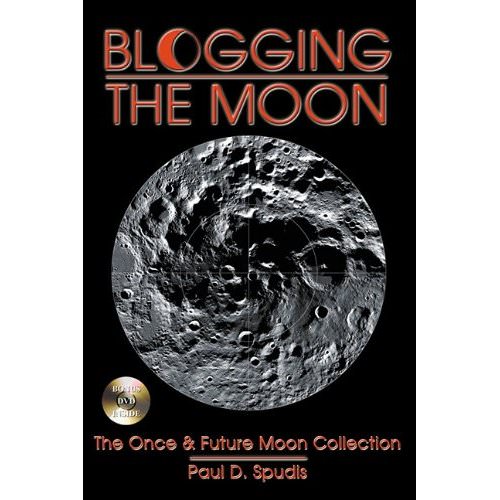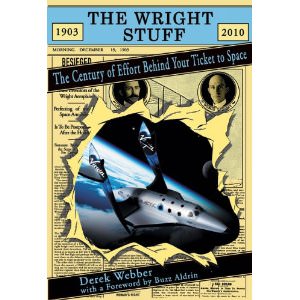[/caption]
Editor’s Note: Astronomy journalist Govert Schilling has written a book that looks at the 100 most important discoveries since the invention of the telescope 400 years ago, called “Atlas of Astronomical Discoveries.” In Schilling’s distinct style, he takes the reader on an adventure through both space and time. Schilling has written this guest post for Universe Today:
Astronomy is a newborn science.
Yes, I know astronomers like to say it’s the oldest science in the world. In a sense, our distant ancestors who wondered about the lights and motions in the night sky were the first practitioners.
But look at it this way: until four centuries ago, we all had the same opportunities in the field. Or lack thereof. Two eyes and a brain – that has been the main instrumentation in astronomy for thousands of years. Not much, really.
Little wonder then that astronomy was in a pretty primitive state at the start of the seventeenth century. Granted, scientists had come to realize that the Sun occupied the center of the solar system, rather than the Earth. They had seen the occasional comet and Stella Nova, and they knew about the slow change in the orientation of the Earth’s axis.
But no one knew the distances to the planets, let alone to the stars. No one had the slightest clue about the true nature of the Sun or the Moon. Meteors were a mystery; planetary satellites and rings were unheard of, and to many, the Milky Way was just that – a cosmic river of milky clouds.
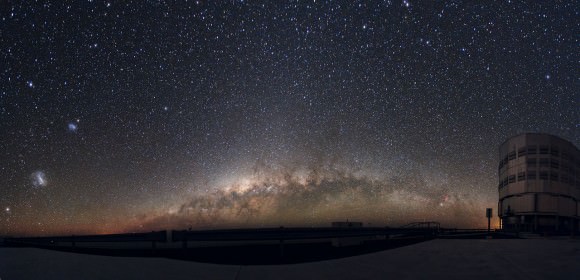
More importantly, no one realized that the Universe is in a constant state of flux, albeit at an extremely slow pace. That stars were once born and will eventually die. That the planets in our solar system are built from the ashes of an earlier generation of stars. That the Universe hasn’t always been there.
Most of the astronomical knowledge that we take for granted these days, was completely unknown four centuries ago. That’s why I say astronomy is a newborn science.
And the telescope was its midwife.
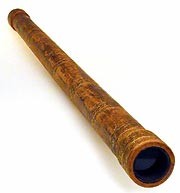
The invention of the telescope, probably around 1600 in the Netherlands, ushered in a whole new scientific era. It paved the way for hundreds of revolutionary discoveries and revealing insights. It brought astronomy to where it is now.
On the occasion of the International Year of Astronomy (2009), I decided to devote a book to the hundred most important astronomical discoveries since the invention of the telescope. Recently translated into English as Atlas of Astronomical Discoveries (Springer, 2011), it is a lavishly illustrated and beautifully designed history tour of the grandest science of all, chockfull with surprising details and personal anecdotes.
What I realized when writing the book was that the young science of astronomy went through a number of very distinct stages, just like a human being goes through childhood, puberty and adolescence before reaching full maturity.
In the seventeenth century, astronomers were like children in a newly opened candy store. Wherever they aimed their rather primitive telescopes, they beheld new discoveries, but this embarrassment of riches was also an undirected endeavour.
During the eighteenth century, the search became more systematic, with diligent observers surveying the skies and taking stock of everything that the telescope brought into view. This was no longer a first reconnaissance, but a real exploratory phase.
Then came the nineteenth century, with the advent of photography and spectroscopy, and the discovery of mysterious cosmic denizens like spiral nebulae, white dwarfs, and interstellar matter. Nature was trying to tell us something profound, and astronomy stood on the threshold of major theoretical breakthroughs that would explain this surprising variety of phenomena.
Finally, the twentieth century saw the emergence of an interconnected, all-encompassing view of cosmic evolution. We discovered the energy source of stars, the true nature of galaxies, the expansion of the Universe, and the humble position of our home planet, both in space and in time. Moreover, we finally understood that the atoms in our bodies were forged in the nuclear ovens of distant suns. That we are truly one with the Universe.
So has astronomy grown into a mature science? With the current generation of giant telescopes, the full exploration of the electromagnetic spectrum, and the advent of space science and computer technology, it’s tempting to answer this question with a resounding ‘yes’. Then again, ninety-six percent of the cosmos consists of mysterious dark matter and dark energy; we have no clue about the origin of our Universe, and no one knows whether or not life – let alone intelligence – is rare or abundant.
Personally, I feel that astronomy is still in its early years. And that’s exactly why it fires the imagination of so many people. The questions that astronomers try to answer are the same questions that a ten-year old would ask. The answers may be difficult, but the questions are simple, because the science is young. What’s it made of? How did it all start? Are we alone?
Certainly, I’d love to see a 2411 edition of Atlas of Astronomical Discoveries, highlighting the hundred most important discoveries and breakthroughs that astronomers made in the 21st, 22nd, 23rd and 24th century. But I’m afraid I wouldn’t understand most of the issues that would be described.
Frankly, I’m glad to live during the youth of my favorite science. After all, I’ve always been fond of the curiosity, energy, creativity and the sheer sense of wonder of children.
Please, astronomy, don’t grow up too soon.
Govert Schilling is an internationally acclaimed astronomy writer in the Netherlands. He is a contributing editor of Sky & Telescope, and his articles have appeared in Science, New Scientist and BBC Sky at Night Magazine. He wrote over fifty books on a wide variety of astronomical topics, some of which have been translated into English, including “Evolving Cosmos; Flash! The Hunt for the Biggest Explosions in the Universe,” TThe Hunt for Planet X,” and “Atlas of Astronomical Discoveries.” In 2007, the International Astronomical Union named asteroid (10986) Govert after him.

